7 Best Ways to Earn Interest On Your Money in 2025
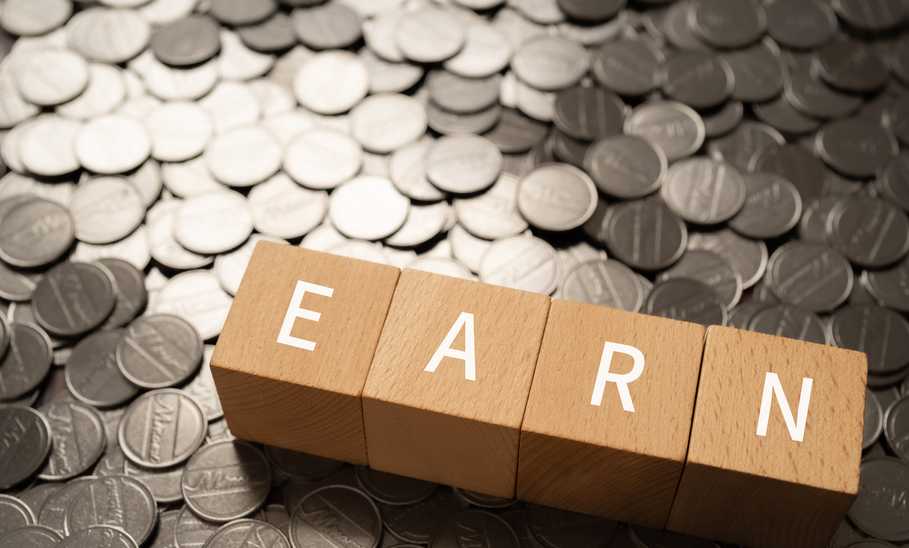

Our evaluations and opinions are not influenced by our advertising relationships, but we may earn a commission from our partners’ links. This content is created by TIME Stamped, under TIME’s direction and produced in accordance with TIME’s editorial guidelines and overseen by TIME’s editorial staff. Learn more about it.
One of the main benefits of saving money is the ability to earn interest on your savings. However, interest rates can vary significantly from one savings account to another, and traditional savings accounts tend to offer relatively low interest rates. Luckily, there are several ways to earn interest if you look beyond your bank’s basic savings account. The following six options are some of the best ways to earn interest on your money.
Traditional savings accounts typically have relatively low interest rates, which means your money won’t have a very high rate of return. But, many banks, such as Valley Direct and Western Alliance Bank, offer high-yield savings accounts with a rate of return much higher than a typical savings account.
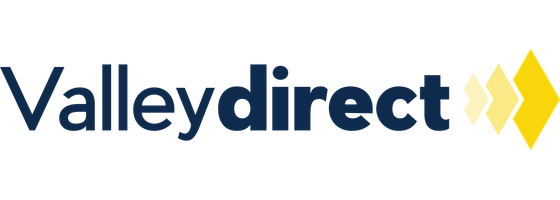 | 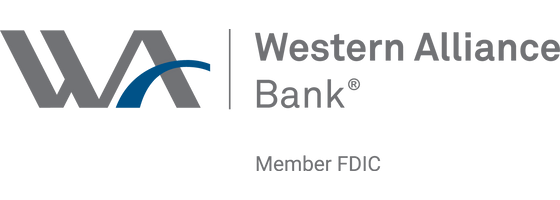 | |
|---|---|---|
| APY* | 3.75% | 4.30%† |
| Min. opening deposit | $1 | $500 |
| Min. balance to earn APY | $0.01 | $0.01 |
| Monthly fee | $0 | $0^ |
For example, a traditional savings account might have an annual percentage yield (APY) of 0.19 percent, whereas a high-interest savings account could have an APY of 3.75 percent. The difference in earnings can be significant. In this instance, depositing $1,000 into a traditional account with a 0.19 percent APY would earn $1.9, whereas depositing that same amount into a 3.75 percent HYSA would earn $37.5.
Another way to earn higher interest on your savings is to put your money into a certificate of deposit, or CD. With a traditional savings account, you can deposit and withdraw money as needed (within the account’s limits). Still, with a CD, you commit a lump sum for an agreed-upon amount of time (called a term), during which you can neither deposit nor withdraw from the account.
CD terms are typically between 6 months and 5 years. The CD interest rate is locked when the term begins and remains the same until the term ends. This makes a CD a predictable way of earning interest on your savings—but, there are pros and cons to stashing your money in a CD. Certain banks offer rates up to 5.00% Annual Percentage Yield (APY)*. The downside is you have to deposit a minimum amount for a set period of time -- usually a year or more -- to get the highest rate.
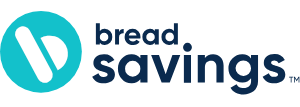
To start, if market rates rise after the CD term begins, you will be stuck with the lower rate for the entire length of the CD. Depending on how much rates increase, this could cost you hundreds or even thousands of dollars in interest. On the flip side, if interest rates go down after you open the CD, you’ll keep that same higher interest rate for the account term. Typically, the interest rate will be higher for CDs with longer terms.
Once the CD term has ended, you’ll have two choices: you can either withdraw the money or roll it into a new CD. The former means you can use the money to pay for a significant expense, such as a deposit on a home or car, an overseas vacation, or a medical bill. Rolling the money into a new CD means it will continue to earn interest, but the term will start over, and the money will be inaccessible to you until the term ends.
If you have the means, consider building a CD ladder, which is when you open several CDs with different maturity dates to stagger your access to your funds. A CD ladder allows you to take advantage of the higher-than-average returns of this type of account but still have access to a portion of the money in case of an emergency.
Opening a money market account, or MMA, can be another way to earn more interest on your money than with a traditional savings account. Money market accounts offers some of the benefits of a checking account, plus the ability to earn interest on the balance. For example, with an MMA like the Quontic Money Market Account, you can write checks or even use a debit card to pay for purchases as you would with a checking account. But, with an interest rate of 4.75%* ** (9 times over the national average), you will also be able to grow your money and benefit from withdrawing it when you need it.
However, it’s important to note that an MMA usually has a variable interest rate that can go up or down with the market. If you want a fixed interest rate, it’s better to open a CD or a high-yield savings account unless you need your money to be accessible whenever you need it.
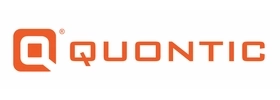
A bond is a loan to the issuing party—usually either a government or a company. The most common types of bonds are U.S. Treasury or Savings bonds, and you keep your money in a bond for a set period. Generally, bonds with longer terms earn you more on your savings since the entity can count on that money for a longer period. But, with a longer term, you cannot access your money for that entire time.
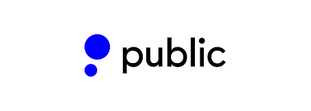
You might not think of a checking account when trying to maximize your interest earnings, but a rewards checking account can be a good option. This type of account incentivizes you to keep a minimum balance in the account or make monthly direct deposits of a certain amount by awarding you cash bonuses, cashback, or interest on your balance. Depending on your chosen account, you might even see an APY similar to what you’d find in a high-yield savings account.
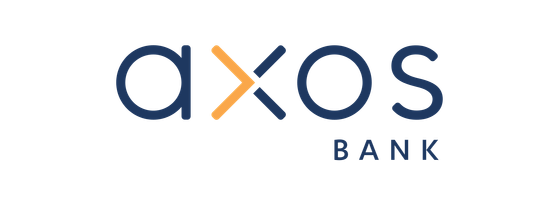
It’s wise to keep your eyes peeled for bonuses offered by banks for new customers. You might be perfectly happy with your current bank, but a new bank might provide you with a cash bonus for opening an account with them. However, it’s essential to read the paperwork carefully since some banks charge fees if you don’t meet specific requirements, such as a minimum balance, which could negate any earnings you make from switching.
You’ve likely heard that investments can help you save for your future. But did you know that you can earn compound interest on your investments?
Compound interest is interest earned on previously accumulated interest reinvested plus the principal amount in the investment. This type of interest helps your money grow faster, helping you see a much larger rate of return on your investments. As your investments grow, the interest you earn may exceed the principal amount you’ve paid into your account. By the time you need to use the money in your investment account (like when you retire), your funds will have grown exponentially—and the sooner you start to save, the less of your own money you’ll need to invest in your retirement account or other investment account.
Not sure where to start with investments? If you want to try the DIY approach, a good starting point is with a self-directed investing account, such as JP Morgan Self Directed Investing. This type of account allows you to trade stocks, mutual funds, and ETFs online and manage your portfolio. If you’re not experienced with investing, you can start small and learn as you go. The benefit of a self-directed investing account is that you can choose exactly where to invest your money and keep track of it in real-time without needing to go through an advisor.
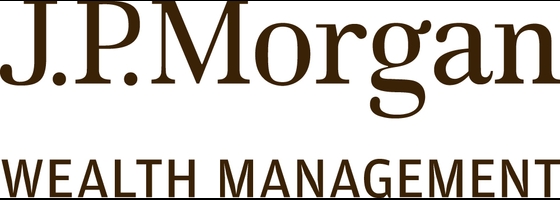
INVESTMENT AND INSURANCE PRODUCTS ARE: NOT A DEPOSIT • NOT FDIC INSURED • NO BANK GUARANTEE • MAY LOSE VALUE
Before deciding the best way to maximize interest on your savings, you may have some additional questions. The following are some commonly asked questions about savings and how to earn as much interest as possible.
There are many options when it comes to where to stash your savings. The best option will likely be different from person to person. While you might see good returns by putting your savings in a high-yield savings account and opening a CD, your friend might prefer the benefits a money market account or a rewards checking account offers.
Consider your savings goals and go from there. If you want to earn as much interest as possible while still having access to your savings for emergencies, you’ll likely want to go with a high-interest checking or savings account or a money market account. But, if you have long-term savings goals and don’t need access to your savings, a CD or a bond might be a better choice. You can consult financial advisors if you need help planning your savings path.
There are pros and cons to both, depending on your precise situation. If you have high-interest debt, it’s better to work on paying that off as much as possible before building up your savings. For example, if you have a high balance on a credit card with a 20 percent interest rate and your high-yield savings account pays 3 percent APY, you’ll be better off putting any extra money toward the debt to avoid accruing any additional interest.
However, it’s important to have some money saved in case of an emergency. Therefore, you’ll want to put money toward savings in addition to paying down your debt. If you’re not sure how to go about this, ask a financial advisor for some help.
Because interest rates fluctuate, it’s difficult to answer this question. Some higher-yield options include long-term stock market investments or even investing in real estate if your financial situation allows it. High-yield savings accounts, certificates of deposit, and money market accounts are great ways to earn interest on your savings, but you’re unlikely to make 10 percent in interest in a year with these options.
That depends on the interest rate. With a rate of 3 percent on a high-yield savings account you would earn around $300 in interest. It pays to shop around to find the highest interest rate available to you so you can maximize your earnings.
The information presented here is created by TIME Stamped and overseen by TIME editorial staff. To learn more, see our About Us page.



